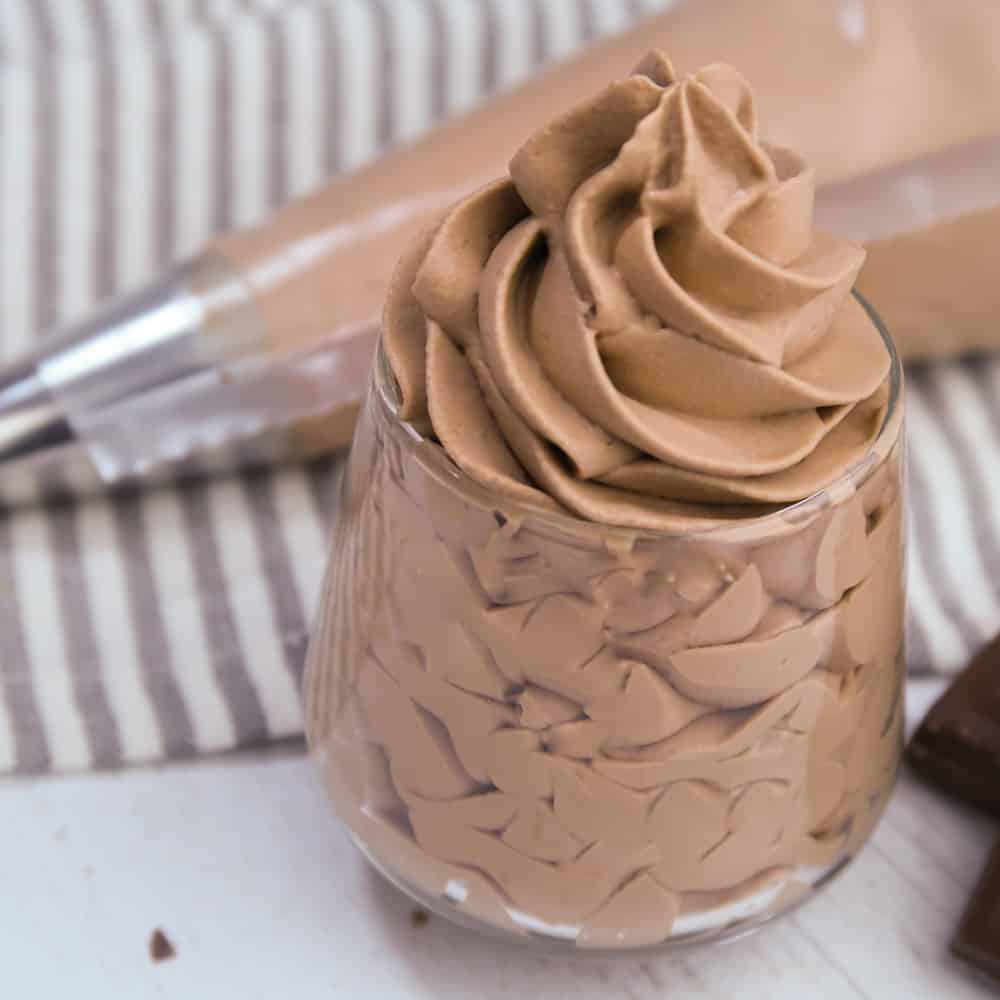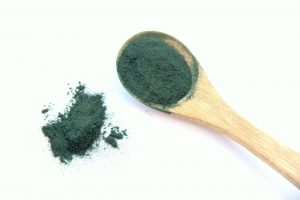Ganache is a mixture of chocolate, liquid cream, flavoring and other ingredients. It is highly prized in pastry-making. This is understandable, since it can be used to make macaroons, truffles, cakes, entremets, to garnish a log, and so on. But to enjoy it properly, you need to get it right. A tiny mistake can cause it to be sliced. In this case, you won’t be able to use or serve it directly. You’ll have to catch it first. How do you do this, and what can cause ganache to slice? This post takes a look at these questions. Read on!
Sliced mounted ganache: what does it mean?
Making a successful chocolate ganache monte can be easy if you have and master the right recipe. Valrhona’s recipe for chocolate ganache is a good option. However, you need to be careful to avoid those little mistakes that can make everything go wrong.
Once you’ve made the simple ganache, you need to put it in the fridge. Wait until it has cooled completely. Then you’ll need to whisk it. This will make it lighter and airier. It’s precisely at this stage that you need to take extra care. A mistake here, and your ganache will grainate (slice).
You’ll know this by the appearance of unsightly dots. This is precisely what happens when the fat and water phases of the chocolate separate. The unsightly dots are the little balls formed by the fat. The water in the chocolate makes the ganache liquid. The result is a soup with a grainy, chubby appearance: sliced ganache montée!
If you get it, don’t panic! There are plenty of tricks you can use to make up for it. Before tackling them, it’s essential to be aware of the little mistakes you shouldn’t make.
Reasons why your mounted ganache may turn sour
There are a number of reasons why your ganache montée may slice. When your chocolate is too hot while you’re mixing it with the cream, you can be sure that your ganache will be grainy. A trick to avoid this? It’s quite simple.
Just cut your chocolate into small pieces. Then heat your cream. Then pour it over the chocolate. Mix everything together and whisk until the chocolate melts completely. This way, there’s no risk of making your ganache with excessively hot chocolate.
Cream that’s too cold
When the cream used is too cold, the same problem may arise. At very low temperatures, your cream will freeze the cocoa butter. This will naturally cause the little balls to appear.
In this case, you can reheat it in a bain-marie. You’ll need to add a little butter to the mixture. Once the mixture has melted, you can use a blender to smooth it out.
When whipping is poorly done
There are two possible scenarios here: either you’ve beaten it too quickly, or you’ve beaten it too long. It’s best to whip the ganache slowly. Simply set the whisk to low speed. To avoid spending more time on this task than necessary, simply use the electric whisk. This way, you can keep an eye on the texture and stop at the right moment.
When the ganache has not cooled down properly
The temperature of the ganache itself is important when it comes to the chocolate. The best thing to do here is to leave it in the fridge overnight. This way, it will be cold enough to work with. This will make it easier for you to work on it and get a good result.
Other tips for correcting grained ganache
To make up for grainy ganache, you can melt the ganache. To do this, stir the ganache until it reaches a homogeneous texture. As soon as it’s lukewarm, just put it in the fridge for a few hours. Then use a mixer to blend it.
If you’re in too much of a hurry, you can use a food processor to beat it. Start with a low speed. This will take about 10 minutes. As the minutes tick by, your ganache will regain its light, airy texture.
To avoid having to catch up with your ganache montée, you need to know the right weights, whatever chocolate (dark, white or milk) you use. Bear in mind that you need to use as many grams of dark chocolate as you do of cream.
If you need to use 100 g of milk chocolate, you’ll need 75 g of cream. For 100 g of white chocolate, you’ll need 50 g of cream. In addition to this, it’s important to




